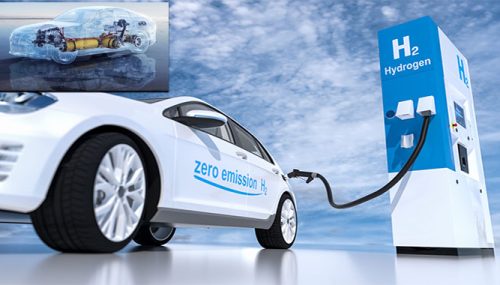The electric vehicle industry has been experiencing significant growth and adoption rates worldwide. However, the rate of growth and adoption varies across different regions. In this article, we will explore the regional differences in electric vehicle industry growth and adoption rates.
North America
North America has emerged as one of the leading regions in terms of electric vehicle adoption. The United States and Canada have been witnessing substantial growth in the electric vehicle market due to government incentives and increasing awareness of environmental issues. The availability of a robust charging infrastructure and a wide range of electric vehicle models has also contributed to the growth in this region. Moreover, the presence of major electric vehicle manufacturers and favorable policies promoting zero-emission vehicles has further accelerated the adoption rates in North America.
Europe
Europe has been at the forefront of electric vehicle industry growth and adoption. Several countries in Europe have set ambitious targets to transition to electric vehicles in the coming years. Governments in countries such as Norway, the Netherlands, and Germany have implemented policies that encourage the use of electric vehicles, including tax incentives and subsidies. Moreover, the European Union’s commitment to reducing carbon emissions has also led to the growth of electric vehicle infrastructure, making it easier for consumers to shift to electric vehicles. Additionally, the presence of established automobile manufacturers, particularly in Germany, has played a significant role in promoting electric vehicle adoption in Europe.
Asia-Pacific
Asia-Pacific is another key region driving the growth of the electric vehicle industry. China, in particular, has emerged as the largest electric vehicle market globally. The Chinese government has implemented aggressive policies to promote electric vehicles, such as generous subsidies and exemptions from certain taxes. Additionally, the availability of affordable electric vehicle models, extensive charging infrastructure, and the large consumer base in China have contributed to the rapid adoption of electric vehicles. Other countries in the region, such as Japan and South Korea, are also witnessing significant growth in electric vehicle sales, fueled by government support and incentives.
Developing Regions
While developed regions have been leading the way in the electric vehicle industry, developing regions are also starting to witness growth in adoption rates. Countries in Latin America, Africa, and the Middle East are beginning to embrace electric vehicles as a solution to transportation challenges and environmental concerns. Although the growth is relatively slower in these regions due to challenges related to charging infrastructure and affordability, governments and organizations are taking steps to promote electric vehicle adoption.
Regional differences in electric vehicle industry growth and adoption rates are evident globally. While North America, Europe, and Asia-Pacific are leading the charge, developing regions are also making strides in embracing electric vehicles. Government policies, charging infrastructure, affordability, and consumer awareness all play significant roles in determining the pace of adoption. As technology continues to advance and costs of electric vehicles decrease, it can be expected that the growth and adoption rates will continue to rise across all regions, eventually leading to a more sustainable future for transportation.



















